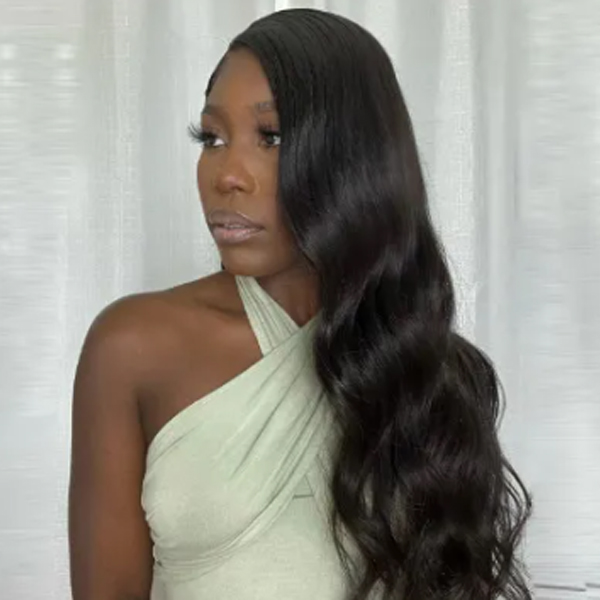And just like that, the summer of babes is officially over. Autumn is here, and while it starts a little warmer than usual, the season is marked by sudden changes in temperature and the arrival of harsher weather conditions that can be a challenge for hair care. This may be the time of year when your natural hair suffers the most from the drop in temperature, but fear not! Here are some hair care tips to help you make sure your hair stays healthy and thriving this season.
Why Is Autumn So Bad For Natural Hair?
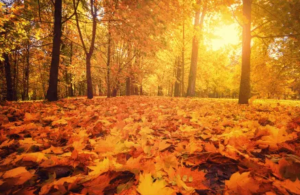
Autumn means terrible weather conditions. Wind and harsh cold air can draw moisture from your hair and cause it to tangle. But once you’re indoors, the air gets dry again. All this drying can accelerate frizz, breakage, and split ends, and the shock of extreme temperature changes can put extra stress on the hair.
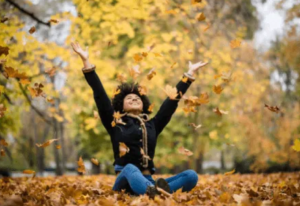
If that wasn’t enough, hats, scarves, and sweaters are made of insulating material, and they do keep your body warm—but they can pull on your hair and even break it from side to side. There seems to be no escape, whether you’re indoors or out.
10 Steps To Protect Natural Hair In Autumn
1. Use hairstyles that protect your natural hair
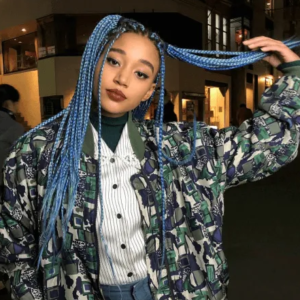
Wind and cold/dry air can draw moisture from hair, making it brittle, weaker, and more prone to breakage. Protective hairstyles reduce hair handling, which will prevent breakage, and they securely curl ends and strands away from wind and cold air.
2. Don’t ignore your hair in a protective hairstyle

A protective hairstyle will help your hair retain more moisture than exposed hair, but your hair will eventually dry out even with a protective hairstyle. You need to perform minimal maintenance on your hair, such as applying a light moisturizer and light oil to the roots every few days to keep them hydrated.
Pay attention to your hair and try to refresh or change your style frequently. We sincerely recommend that you change or redo your styles every two weeks.
3. Moisturize your hair with steam
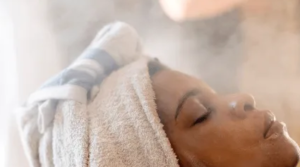
Steam is warm, airborne water particles that can easily penetrate and moisturize your hair. This makes steaming a great way to keep your hair from getting too dry in the winter. One of the easiest ways to treat your hair with steam therapy is to take a hot shower, then throw away the shower cap. Just make sure you don’t leave the house with wet hair!
4. Double your hair nourishment
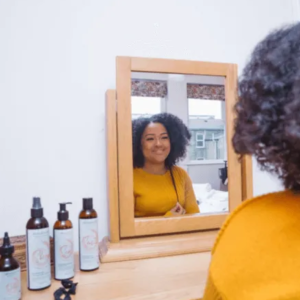
Your hair needs protein, nutrients, and vitamins to grow and stay strong and healthy. Eating healthy foods year-round is a good idea for healthy hair (and body), but it’s also especially important to prevent dry and cold air in the fall.
Likewise, you may not be as sweaty or thirsty in the fall as in the summer, but be sure to drink the same amount of water. There is no better way to keep your hair hydrated and moisturized than by providing water directly to your body.
5. Pay attention to knitted hats and scarves

Rough material can get caught in your natural hair and cause breakage. Don’t worry, just put a thin silk cap between your hair and hat. This may seem like an inconvenient step, but your hair will thank you! (You can do the same thing with a scarf—wrap a thin silk scarf around the outside of the scarf to protect your hair from friction.)
6. Keep away from heat
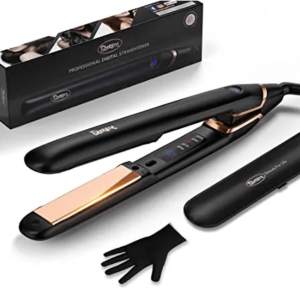
Steaming hair is fine, but put away flat irons and keep your blow dryer in a cool setting for the season. These tools remove moisture from the hair, a process accelerated by the wind and dry air outside.
7. Keep away from drying chemicals
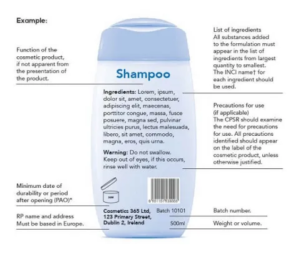
Many hair care products contain ingredients that strip the hair of oil and moisture that hair can’t handle in the fall! Before washing, conditioning, moisturizing, or styling your hair, check your hair care product’s ingredient list. Check out our list of ingredients to avoid in hair products.
8. Please never ignore deep conditioning
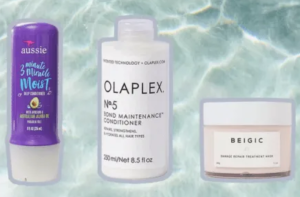
A deep conditioner can give your hair the functionality it needs for fall, allowing moisture and nutrients to penetrate every strand. It is recommended that you use a deep conditioner with all-natural ingredients, the more you care for your hair, the more it will be protected.
9. Lock in moisture with an anti-humectant
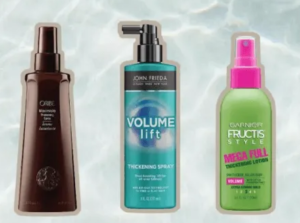
An anti-humectant is an oil or butter, or any product that seals moisture into the hair. Anti-moisturizers protect your hair from losing moisture in the dry winter air. It’s especially important to use an anti-moisturizer after washing or moisturizing your hair. We recommend olive oil or jojoba oil, or other oils that are liquid at room temperature.
10. Use protein properly
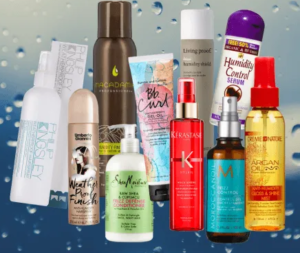
Natural hair is made up of keratin, a special type of protein that allows our hair to bounce and frizz. However, keep in mind that protein and moisture go hand in hand. Too much moisture can cause hydraulic fatigue, while too much protein can cause stiffness and breakage.
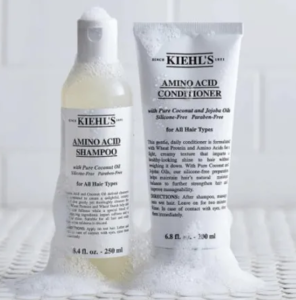
Use smaller-sized proteins in your hair, such as amino acids and peptides, which penetrate your hair and support your natural proteins. Larger-sized proteins, such as hydrolyzed silk and wheat protein, form a film around the hair and can dry to low porosity hair.
Once the temperature starts to drop, monitor your hair to make sure you don’t have too much protein in your hair. Protein overload is harmful but accelerated in cold weather. Look for hidden protein ingredients like hydrolyzed protein and silk protein in your leave-in products, especially if you have low porosity and are protein sensitive.
Conclusion
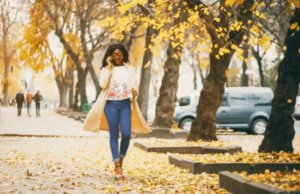
Autumn is changing, the leaves change color and the heat turns into the fresh air. You should also bring about change. Clean out your closet, set your schedule, and most importantly, take good care of your hair. If you have any questions or concerns about autumn hair care, feel free to leave a comment below this article, we sincerely welcome you.

